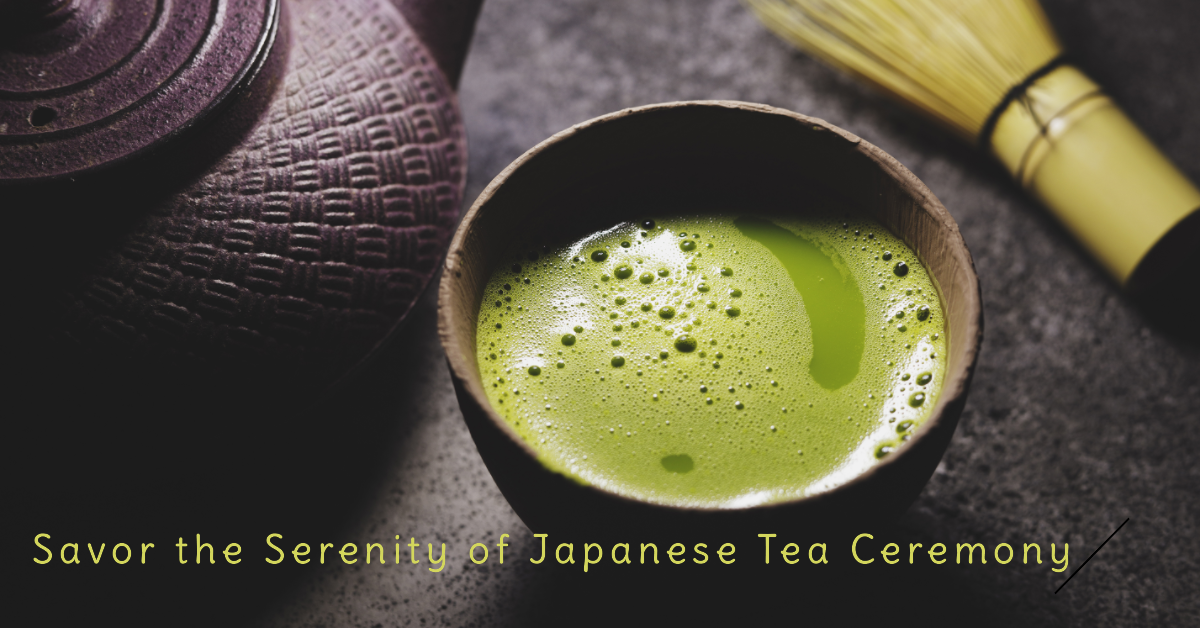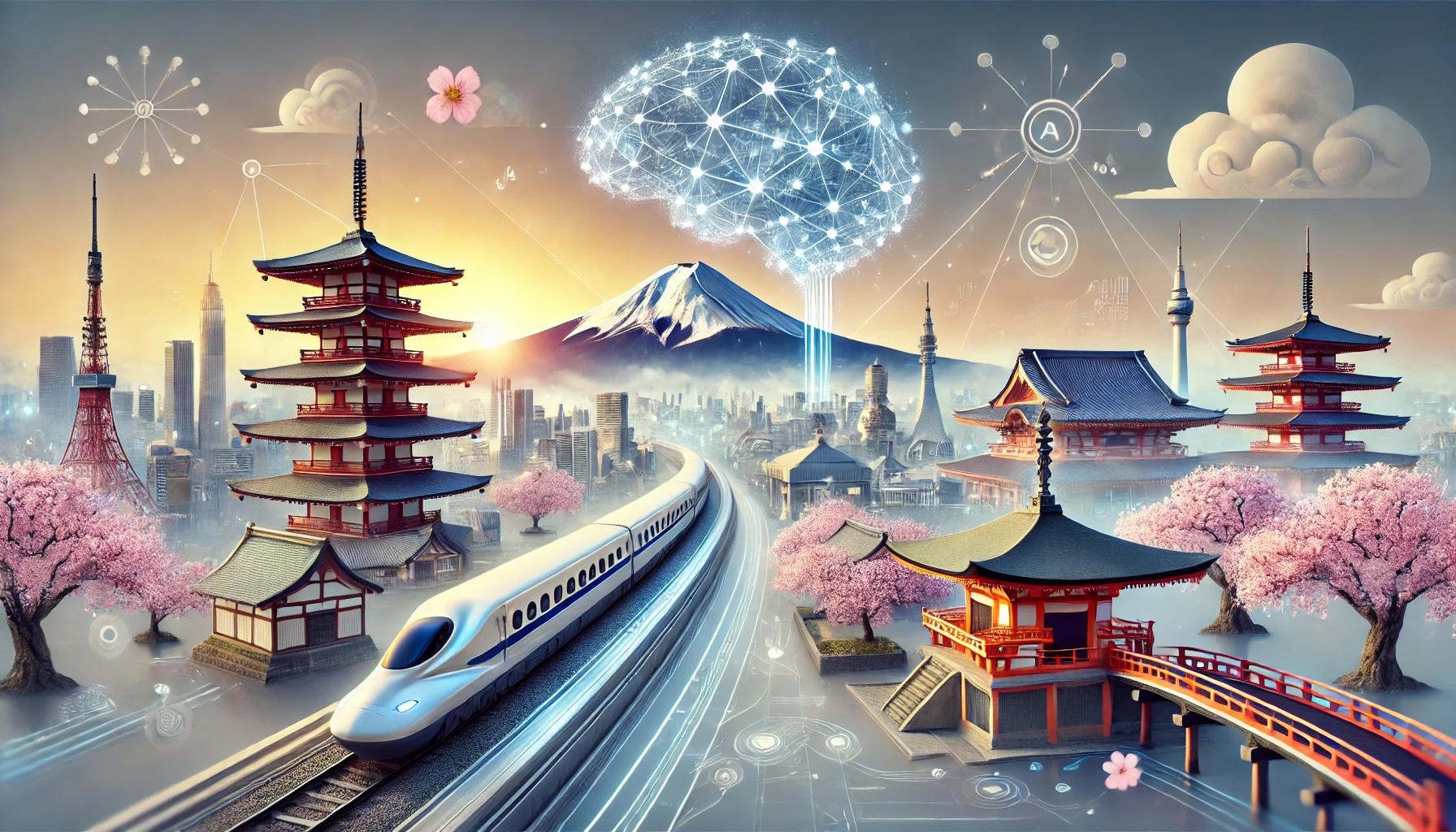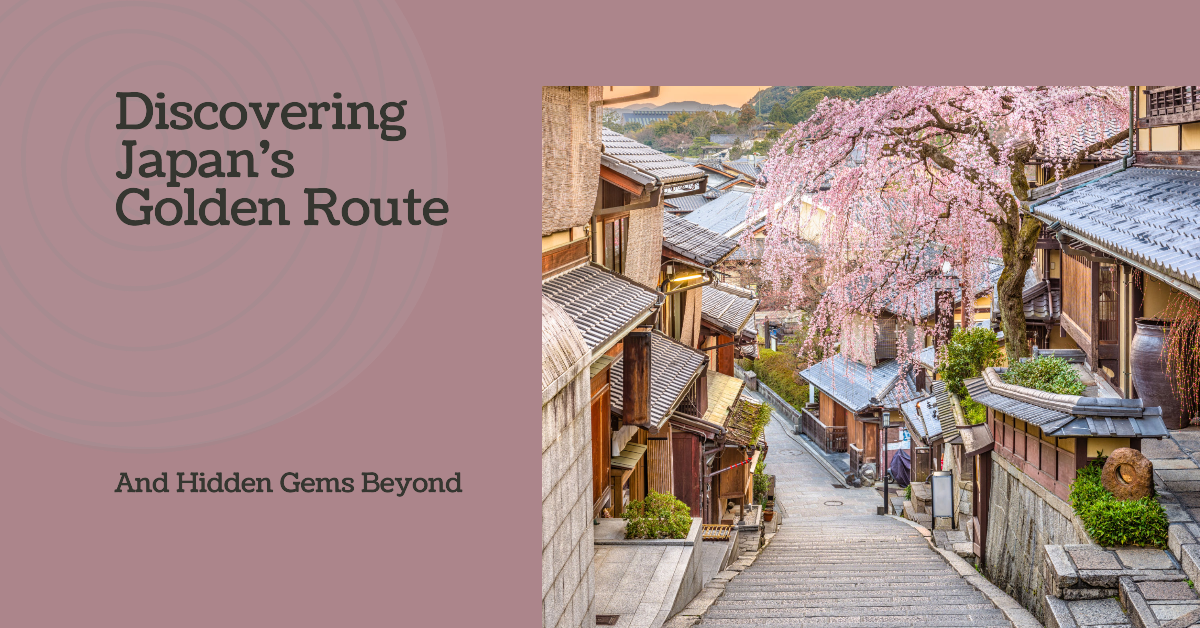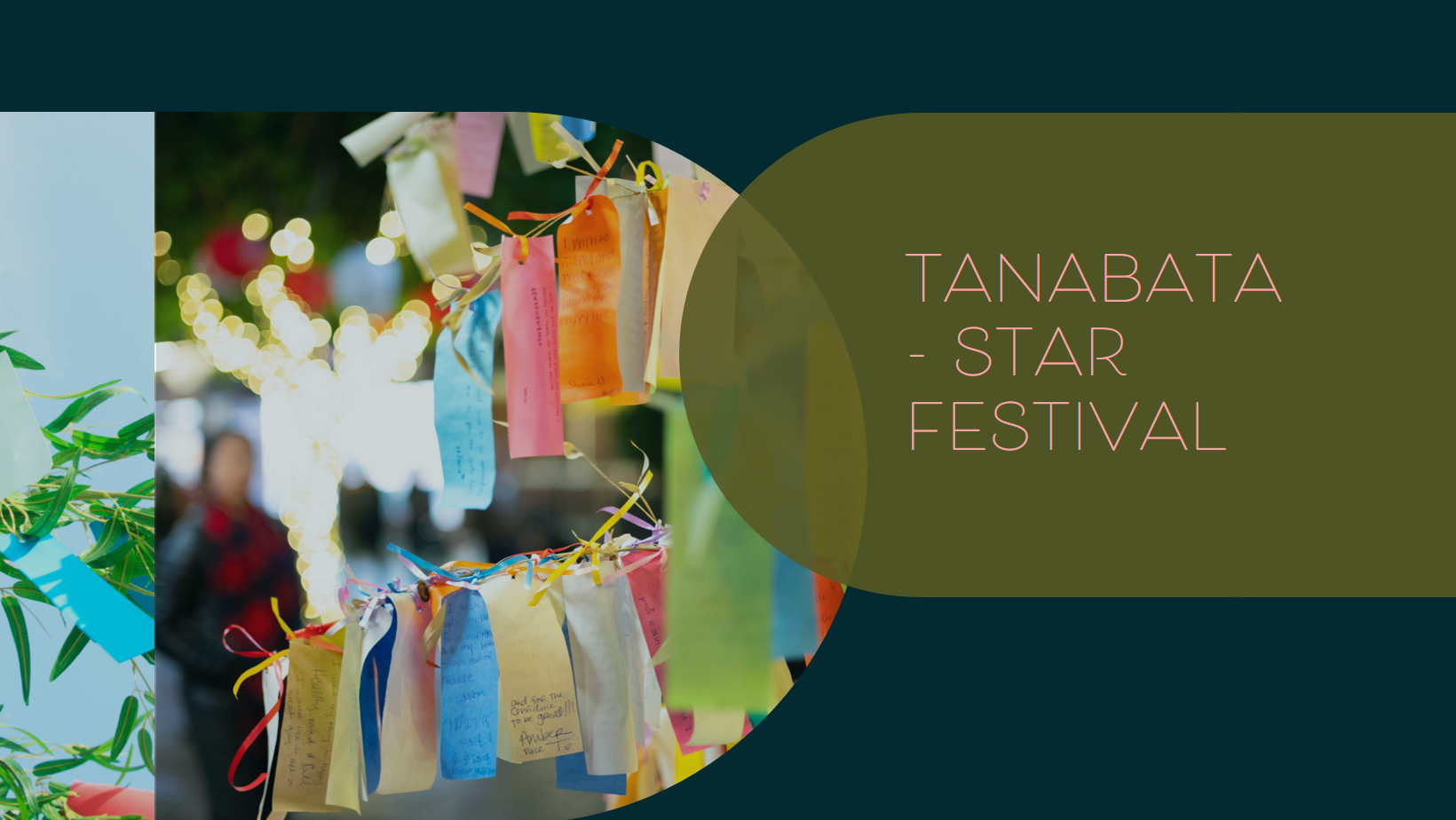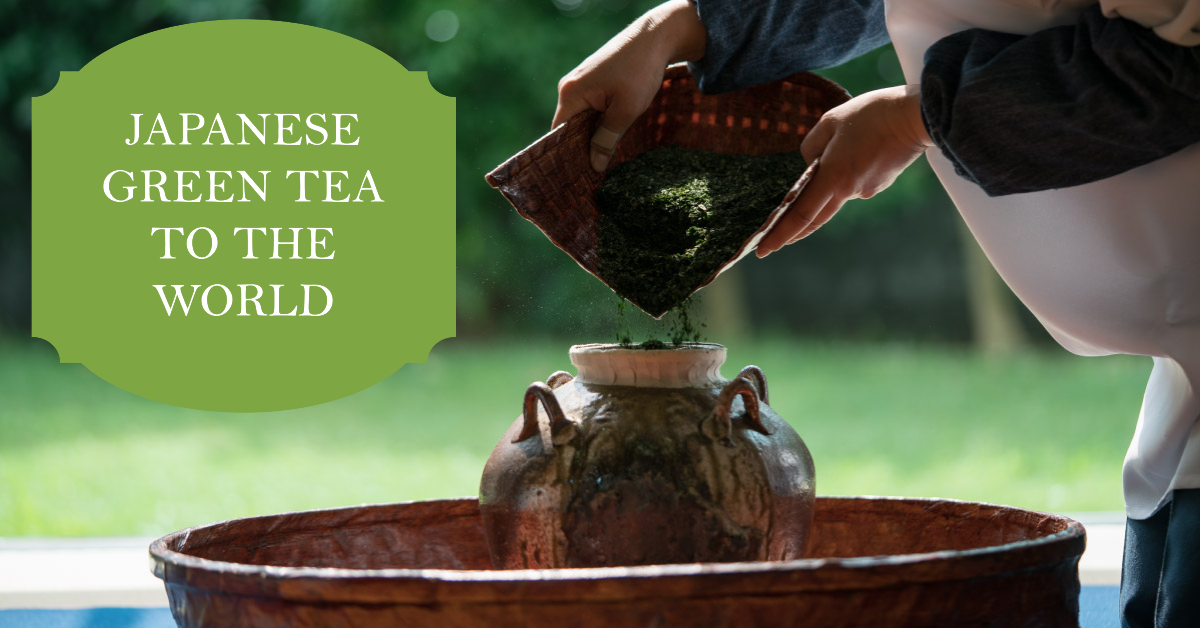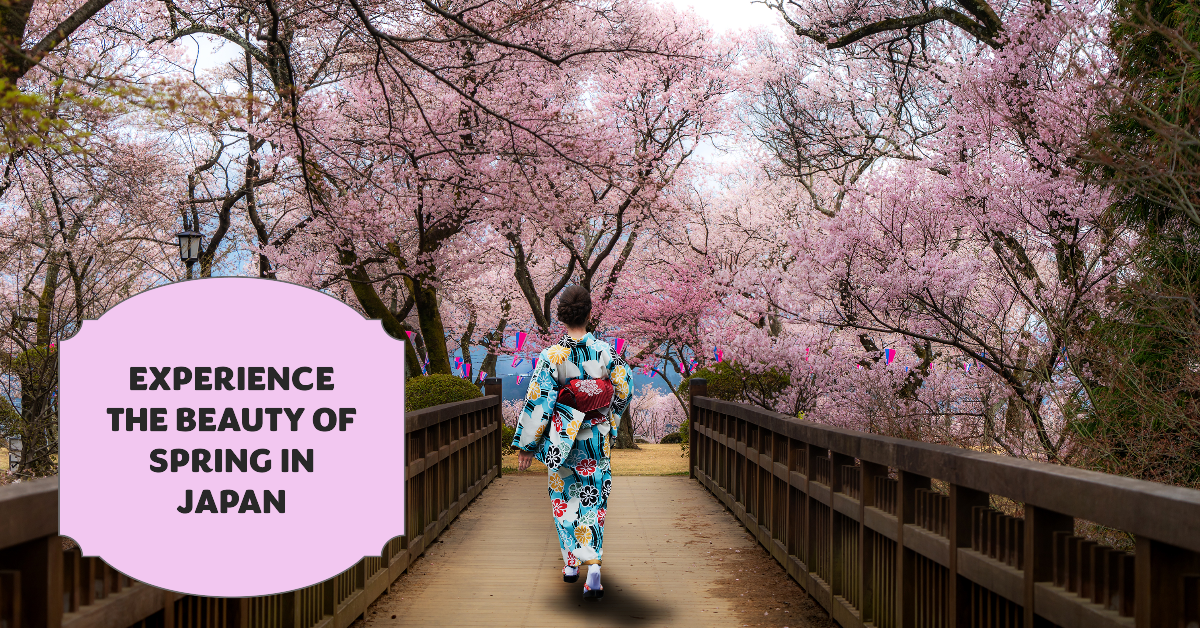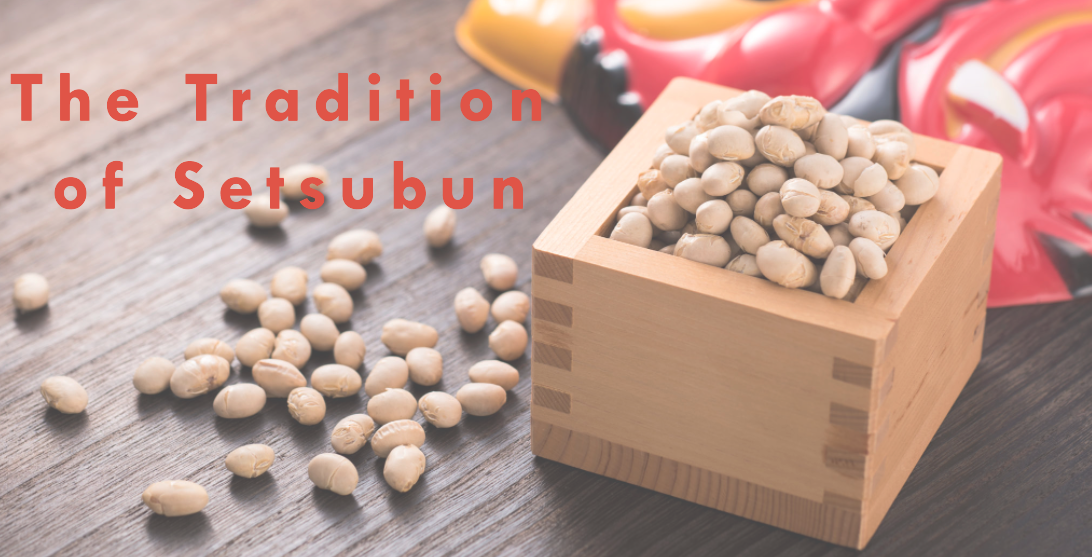The Japanese Tea Ceremony, also known as “Sado” or “Chanoyu,” is a quintessential cultural experience that has been deeply ingrained in Japanese society for centuries. This ritualistic preparation and consumption of matcha (powdered green tea) is not merely about enjoying a cup of tea; it’s a spiritual journey that embodies the principles of harmony, respect, purity, and tranquility. For tourists visiting Japan, participating in a tea ceremony offers a unique window into the country’s rich history and traditions. This article delves into the history, customs, and significance of the Japanese Tea Ceremony, with a special focus on experiences available in Kyoto.
In This Post
History of the Japanese Tea Ceremony
The roots of the Japanese Tea Ceremony can be traced back to China, where tea was initially used for medicinal purposes. However, it was in Japan that the act of tea-drinking evolved into a highly ritualistic and spiritual practice. Zen Buddhist monks played a significant role in shaping the ceremony, incorporating it into their meditation routines. Over time, the tea ceremony gained prominence among the samurai class and eventually became a cornerstone of Japanese culture.

Customs and Etiquette
The tea ceremony is a meticulously choreographed event, where every movement and gesture has a specific meaning. Participants are expected to adhere to a set of customs and etiquettes, such as:
- Seiza: Sitting in a formal kneeling position.
- Kaiseki: A light meal served before the ceremony.
- Koicha and Usucha: Thick and thin tea, respectively, prepared using different techniques.
- Wagashi: Traditional Japanese sweets served during the ceremony.
Why Tourists Should Experience It
- Cultural Immersion: The tea ceremony offers a deep dive into Japanese culture and traditions.
- Mindfulness: The slow, deliberate actions promote mindfulness and relaxation.
- Educational: Learn about the history and significance of each element involved in the ceremony.
Experiencing the Tea Ceremony in Kyoto
There are plenty of places to experience a tea ceremony but we have hand picked a few experiences for you to try.
Kyoto Tea Ceremony and Sweets Experience
Located near Nijo Castle and Kyoto Imperial Palace, this experience is guided by a licensed Japanese tea ceremony instructor. You’ll learn the intricate process of crafting matcha tea and enjoy Japanese sweets from a historically significant sweet shop. The experience also includes a compact booklet that delves deeper into the intricacies of the tea ceremony.
Authentic Kyoto Tea Ceremony near Kiyomizu-dera Temple
Situated near the popular Kiyomizu-dera Temple, this experience offers a brief overview of the rich history and cultural significance of the tea ceremony. You’ll prepare your own bowl of matcha and enjoy a seasonal sweet. Kimono rentals are also available for a more immersive experience.
Traditional Tea Ceremony Experience
For a shorter a cheaper tea ceremony experience, try this one here in central Kyoto. The short 30-minute experience starting in the morning will enable you to enjoy grinding your own match before drinking it. You can also add a sweets making experience for a more indulgent tea ceremony.
Final Word
The Japanese Tea Ceremony is a must-try experience for anyone visiting Japan, especially the cultural hub of Kyoto. It’s not just about sipping tea; it’s a spiritual journey that encapsulates the essence of Japanese culture. Whether you’re a history buff, a culture enthusiast, or simply a curious traveller, the tea ceremony offers something for everyone.
So, next time you find yourself in Japan, make sure to immerse yourself in this timeless tradition.

